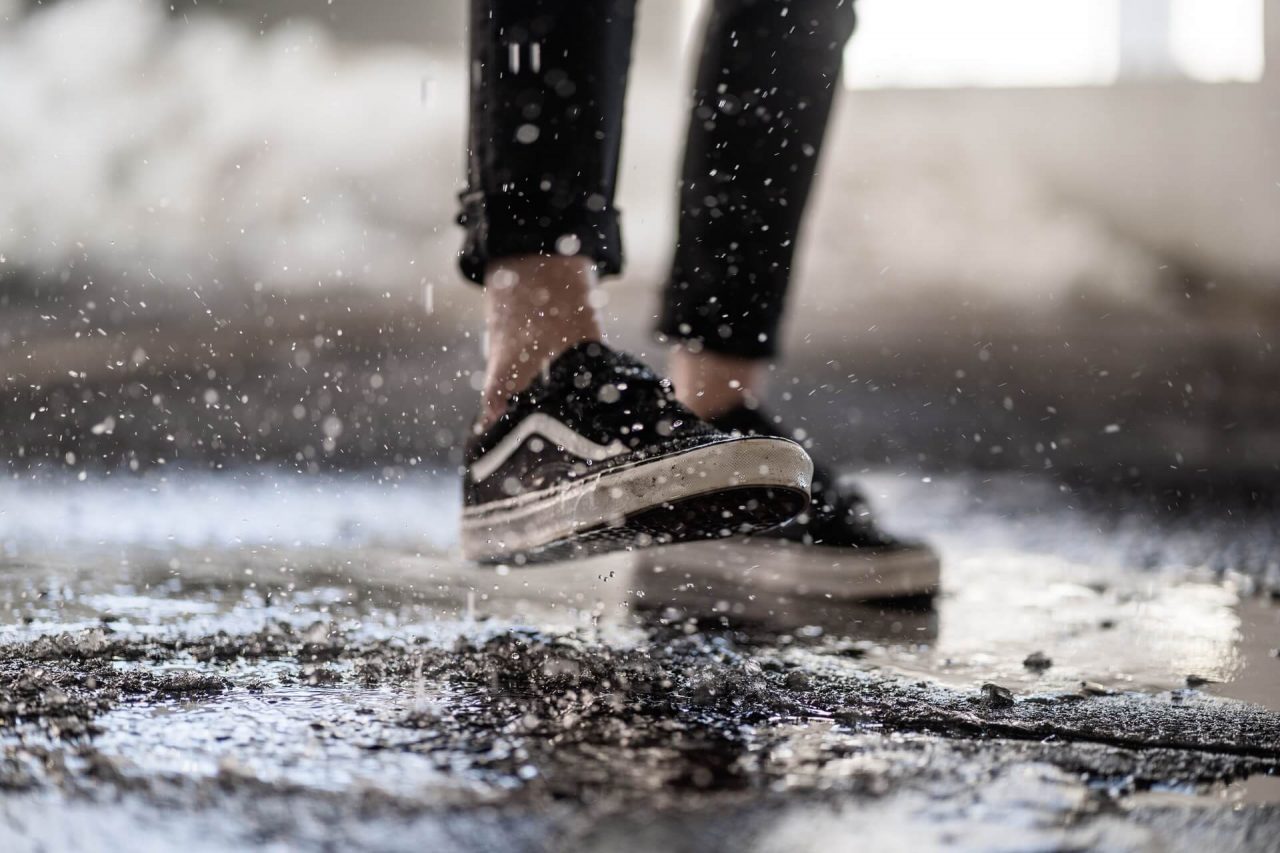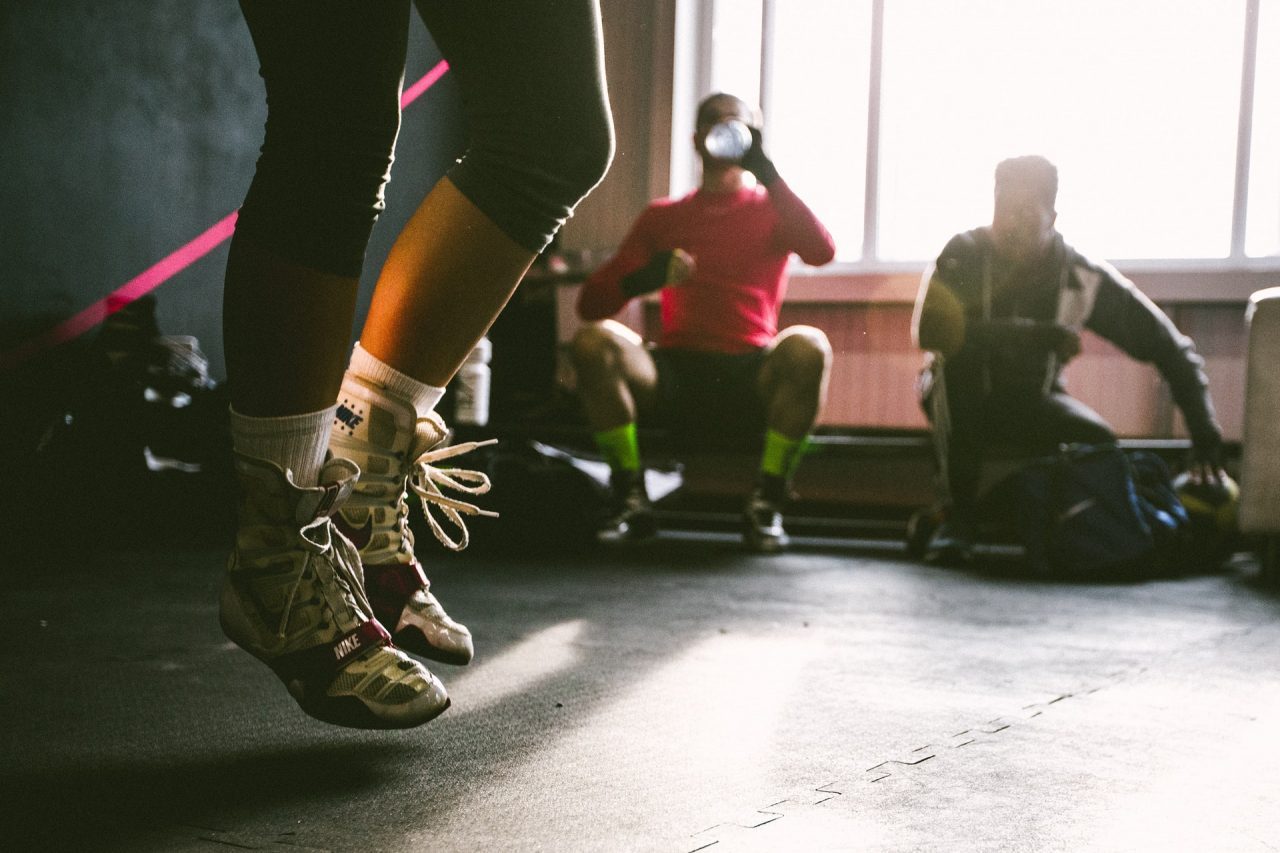The ultimate dilemma for running shoes, to replace or not to replace, has struck all runners at some point after having to see their favorite pair of shoes all worn out. When you find that perfect pair, it can be hard to let go; they have been your best friend for so many miles, after all. However, for the sake of comfort and better performance, running shoes, like other products that are used regularly, should be replaced when they have served their purpose.
But, how long do running shoes last, you may ask. Further, we will discuss how often to replace them, the most common signs of excessive wear, and how to take good care of them to last a little longer.
How Often Should You Replace Running Shoes?
While a special notification to alert us when to change our running shoes would be quite convenient, there is no such thing as an expiration date for them. Instead, in the absence of an exact formula, we can draw on an approximate number of miles run in them as a sign you’ve used your shoes for long enough.
Most shoe manufacturers advise on replacing your running shoes between every 300 to 500 miles. This number is a rough estimate of when shoes start to lose their supportive function and is by no means an exact indicator of when to replace your shoes. Instead, the ultimate way to determine if it’s time to look into buying a new pair of shoes is to examine how they feel and fit. If there are no signs of excessive wear and they still feel comfortable, the number of miles run in them doesn’t matter.
When to Replace Running Shoes?
Sometimes it is obvious that your shoes are damaged due to overuse and other times it takes a couple of signs until you truly know it’s time to replace them. These can be different for each runner and can vary depending on the shoe. Nevertheless, these are the most common signs that it’s time to throw away your old pair of running shoes:
High mileage
For the common ‘how many miles are running shoes good for?’ question, we have already established that miles aren’t the ultimate indicator. However, in cases of long-distance events such as marathons or ultramarathons, the miles will accumulate faster and in turn, they can damage your shoes just as easily. The recommended mileage range of 300-500 miles in a pair of shoes can vary depending on how often and how you use them.
Consider the option of tracking the miles you run, since it will give you an approximate idea of how much you have used your running shoes and help to determine whether you need to change them. You can track them through a running app or simply calculate the number of miles you ran per week since you bought the shoes.
Foot or body pain
If you experience new pain in a pair of shoes that you have worn for some time, that could be an indicator that they have lost their supportive properties. When running shoes start to lose their shock absorption qualities, you are prone to an increased chance of injuries and muscle pain. Especially if you are experiencing knee pain and shin splints in both legs, that is often a sign that the feet don’t have the needed support for the surface you are running in, therefore it is time for a change in shoes.
Worn out treads
The shoe treads are the first point of contact with the ground and therefore play an important role in reducing friction and shock. If these start to wear out, especially in the soles, then you should be replacing your shoes. This part of running shoes is typically the most durable so if they are damaged, be in the edges or other parts, that means the shoes have served their time.
Tough midsole
The midsole, which is the layer of material between the inner and outer sole of a running shoe, can be another indicator that your shoes are approaching their last days. This part offers shock absorption features through foam and cushioning, which over time can be damaged by the weight and pressure of the feet. If this part feels soft, easily twists and flexes, or has developed creases, this usually indicates that the shoes have lost their function.
What Affects the Lifespan of Running Shoes?
There are a number of different factors that affect running shoe life. Hypothetically, you could run the same number of miles, with the same type of shoes as another runner, and still one or the other’s shoes could break down faster. When we say that there is no fixed formula to determine how long your shoes will last, we are taking these factors into consideration:
Running terrain
The terrain in which you run is an important factor that can impact a running shoe’s longevity. If you prefer running on trails, you will need shoes that are designed for this type of terrain, whereas if you will be running on roads, your shoes will need other qualities suited to this terrain. Wearing a running shoe in a terrain that it’s not intended for can cause damage sooner and before reaching their recommended mileage range.
The way you run
Your running style and technique can differentiate you from other runners, which in turn means your shoes will support you differently too. Which part of the feet you tend to land in (footstrike), for example, can affect which part of the shoe’s sole will be in direct contact with the ground. Consequently, that part will wear out and show signs of use faster. Choosing a shoe that supports your style and provides extra cushioning can help to prolong their lifespan.
Your physique
Your build is another factor that can contribute to a shorter life expectancy of running shoes. A heavier weight and a bigger height mean that the force with which you hit the pavement will be greater, hence the cushioning and midsole of the shoe will lose their bounce faster due to the pressure.
How to Prolong Running Shoes’ Life?
If a running shoe has paid its dues, there is really nothing you can do other than to replace them. But, when it comes to taking good care of them in order to preserve them for a longer period of time, consider some of the following tips:
Wear them only when running
Miles ran in shoes are not equivalent to miles walked in shoes. However, that extra wear on other occasions except your runs can still affect their longevity. The best course of action is to have a designated pair of shoes for running only.
Wear them in rotation
While having more than a pair of running shoes is not in everyone’s preference and budget, this can be really helpful for avid runners. Having two pairs of shoes to switch in between uses ensures that they can fully dry before it’s time to wear them again. Moreover, a designated shoe for different types of terrains can also be a wise investment.
Clean them properly
Cleaning running shoes more often and with proper care will keep them fresh and in-tact for much longer. Since they are made of delicate materials that can be damaged from washing machines and heat, clean them by hand and avoid using harsh detergents. Regular shoe maintenance can truly affect their longevity.
At some point, replacing running shoes is necessary and inevitable. Letting go of your worn-out shoes and replacing them with a new pair will save you from possible injuries and help you remain comfortable on your future runs.





